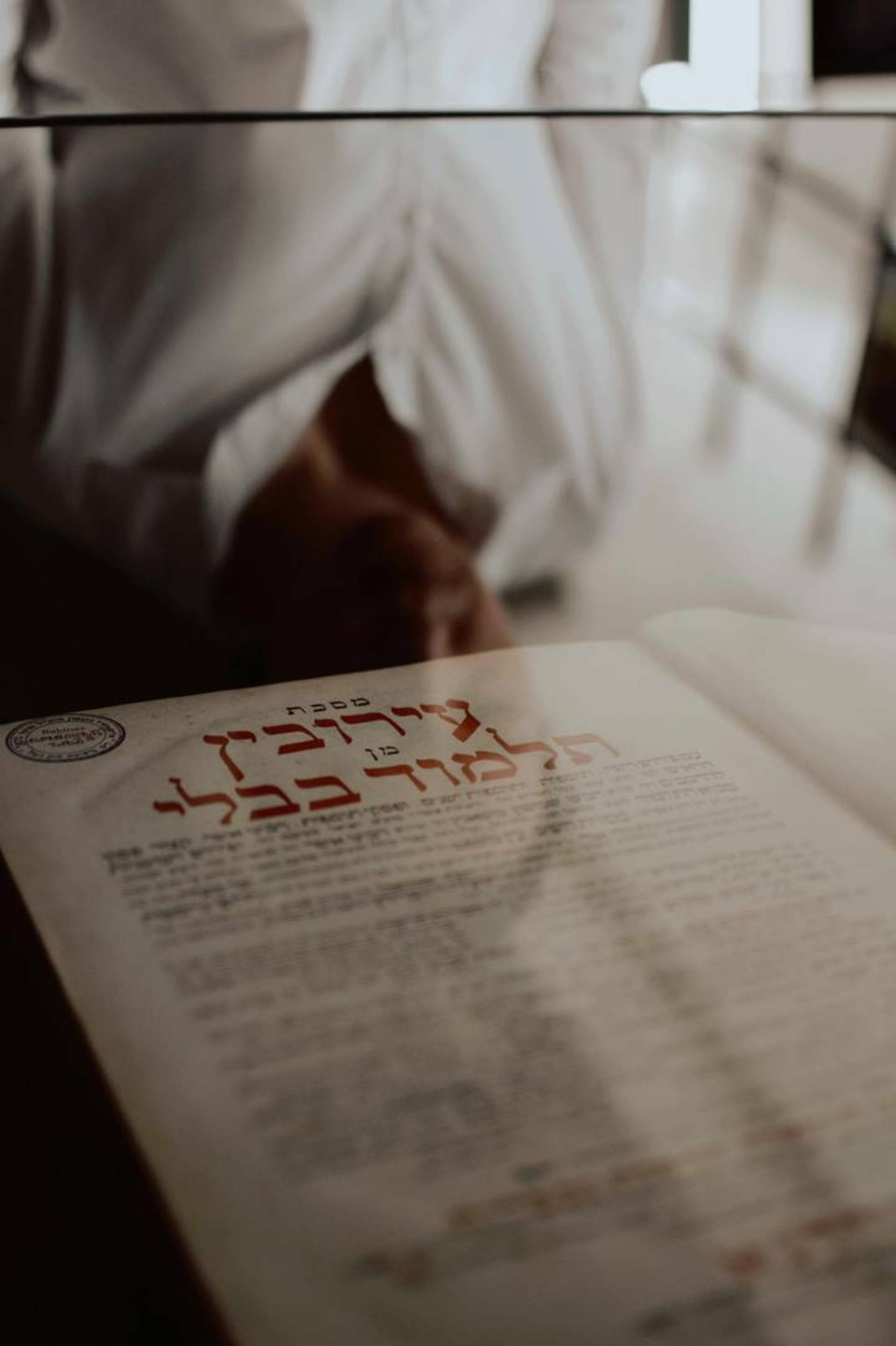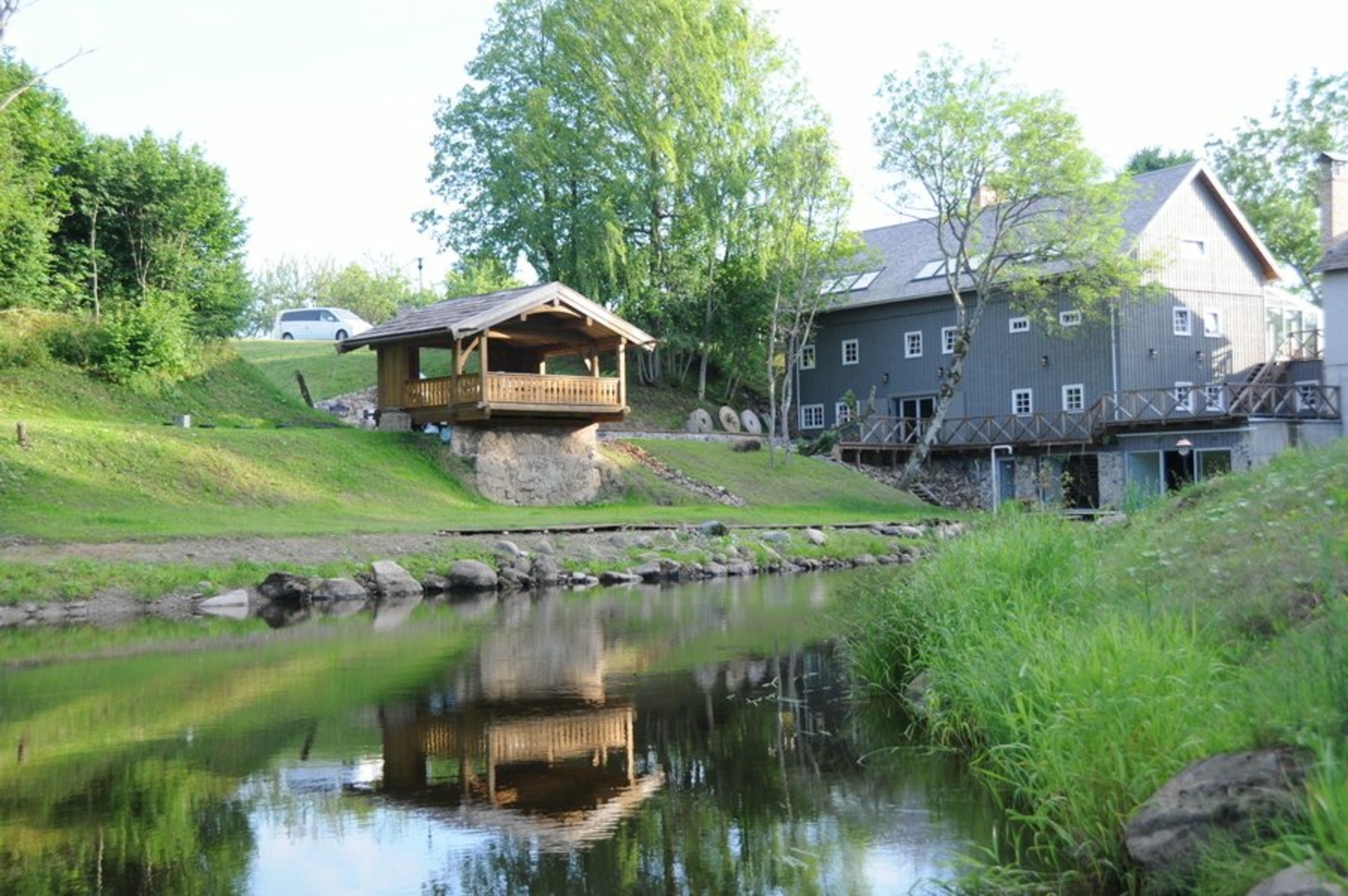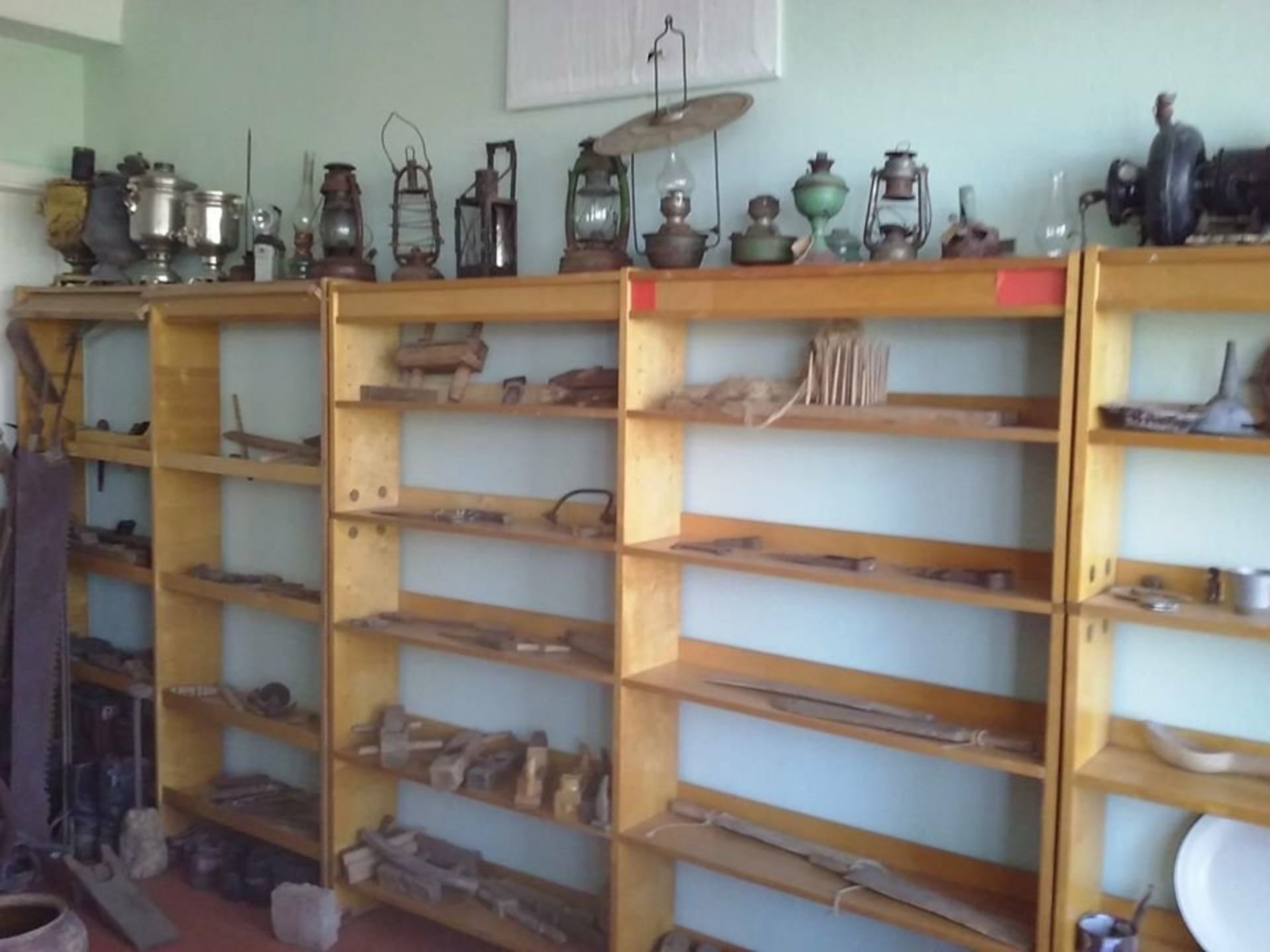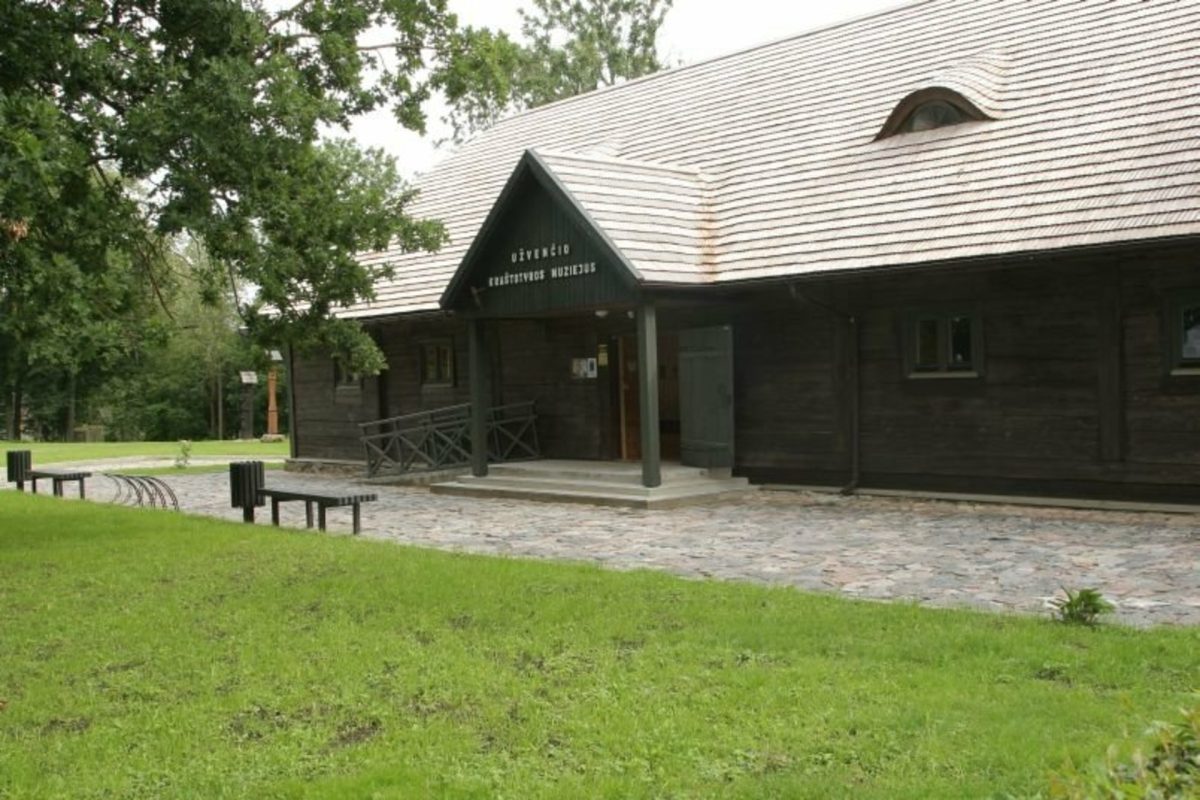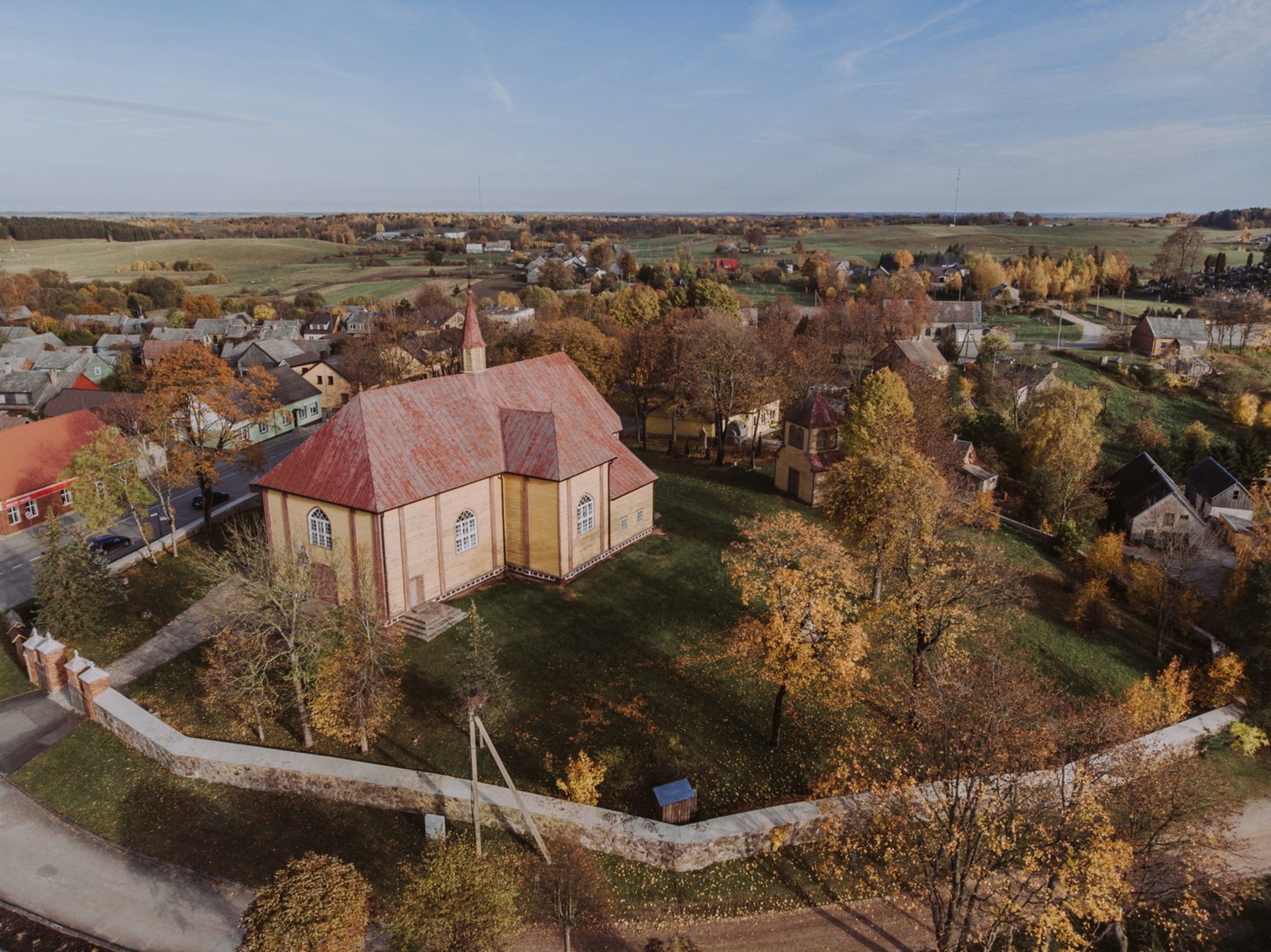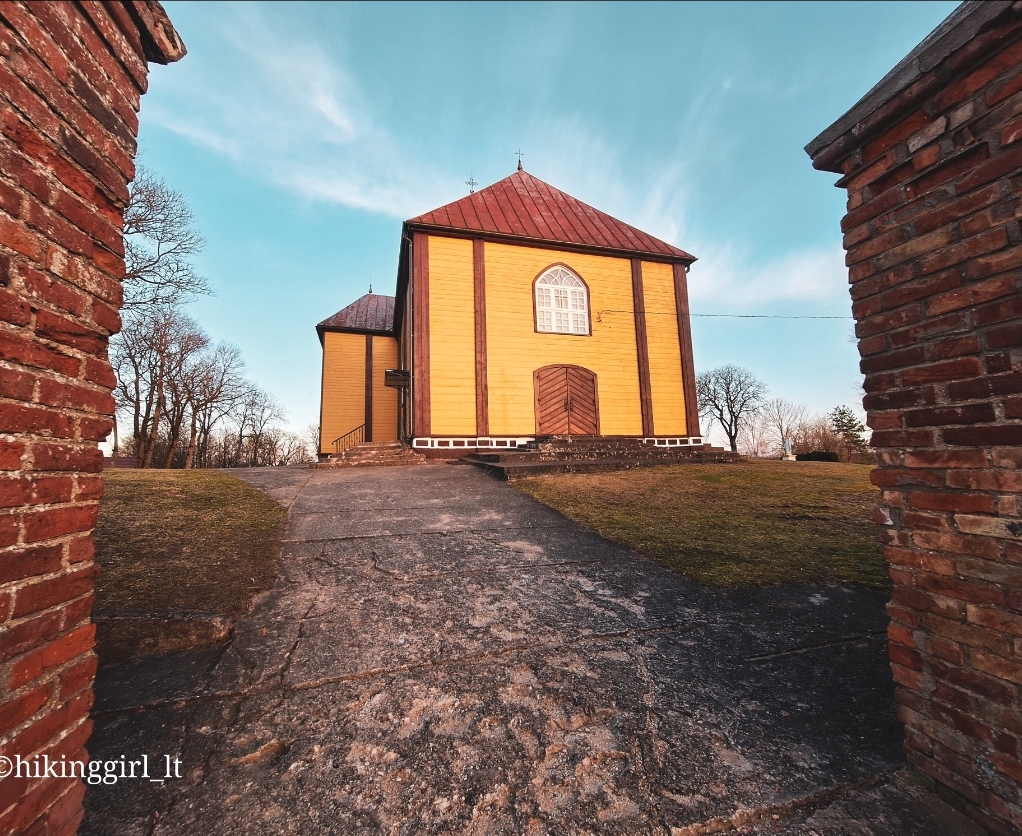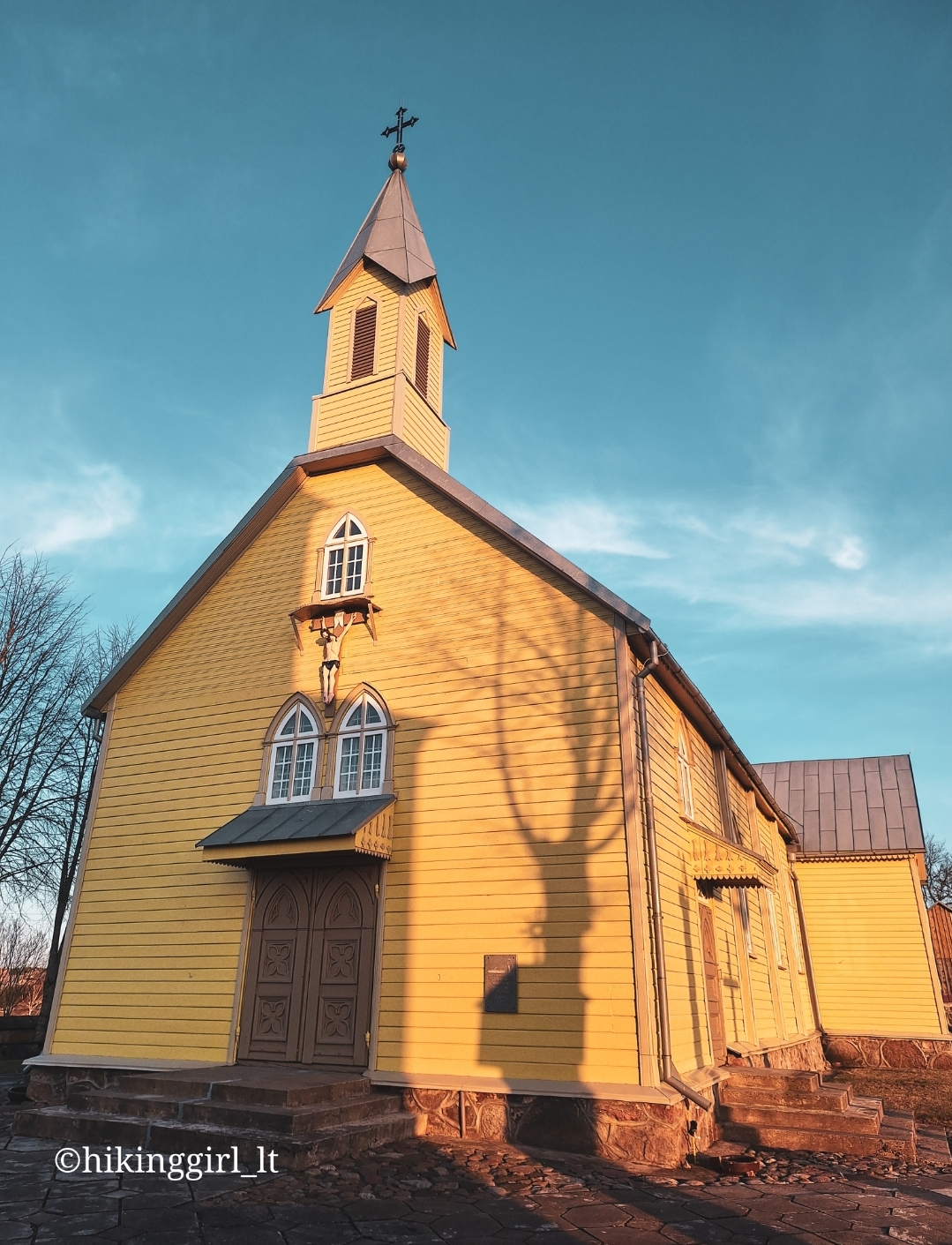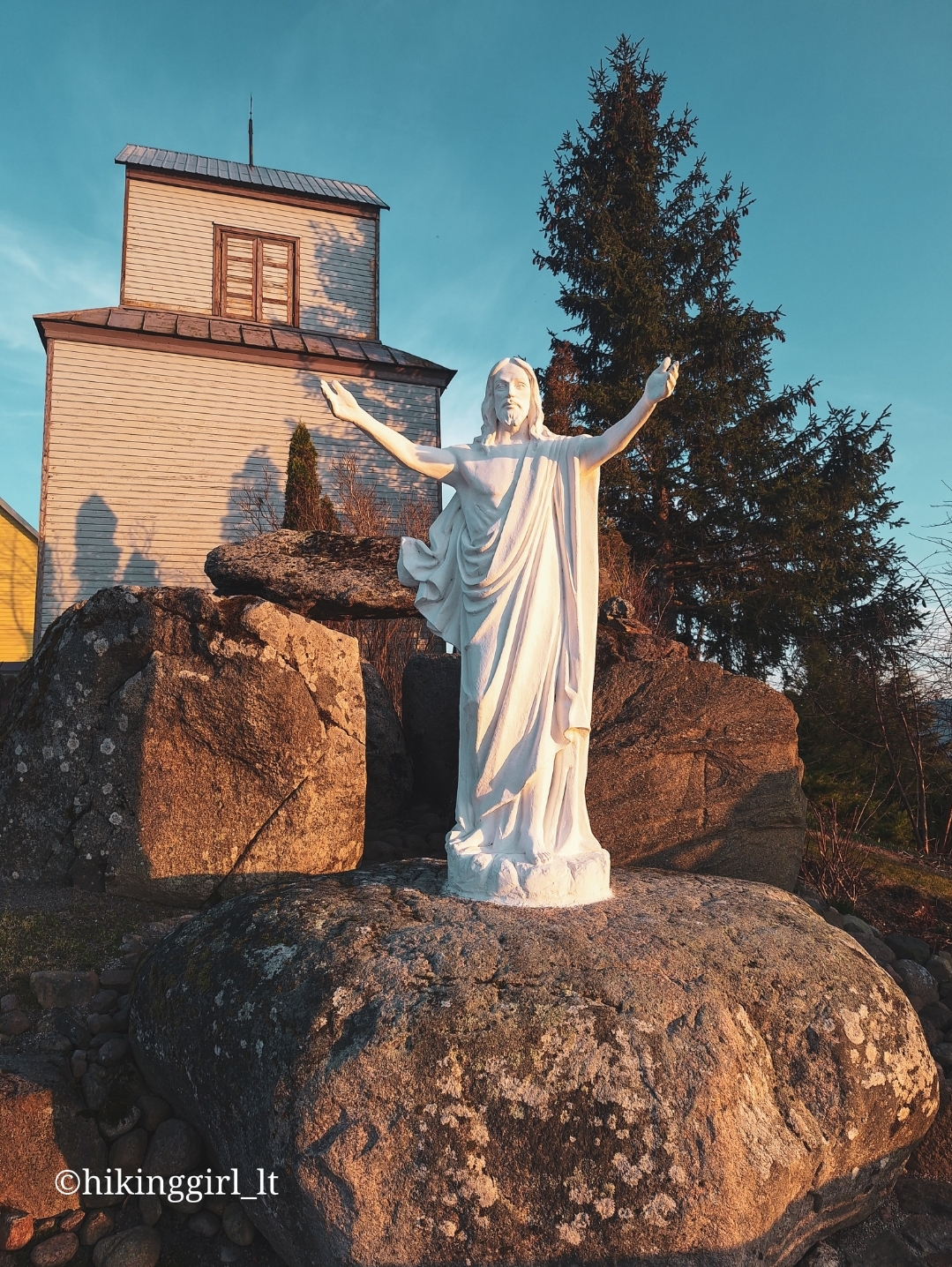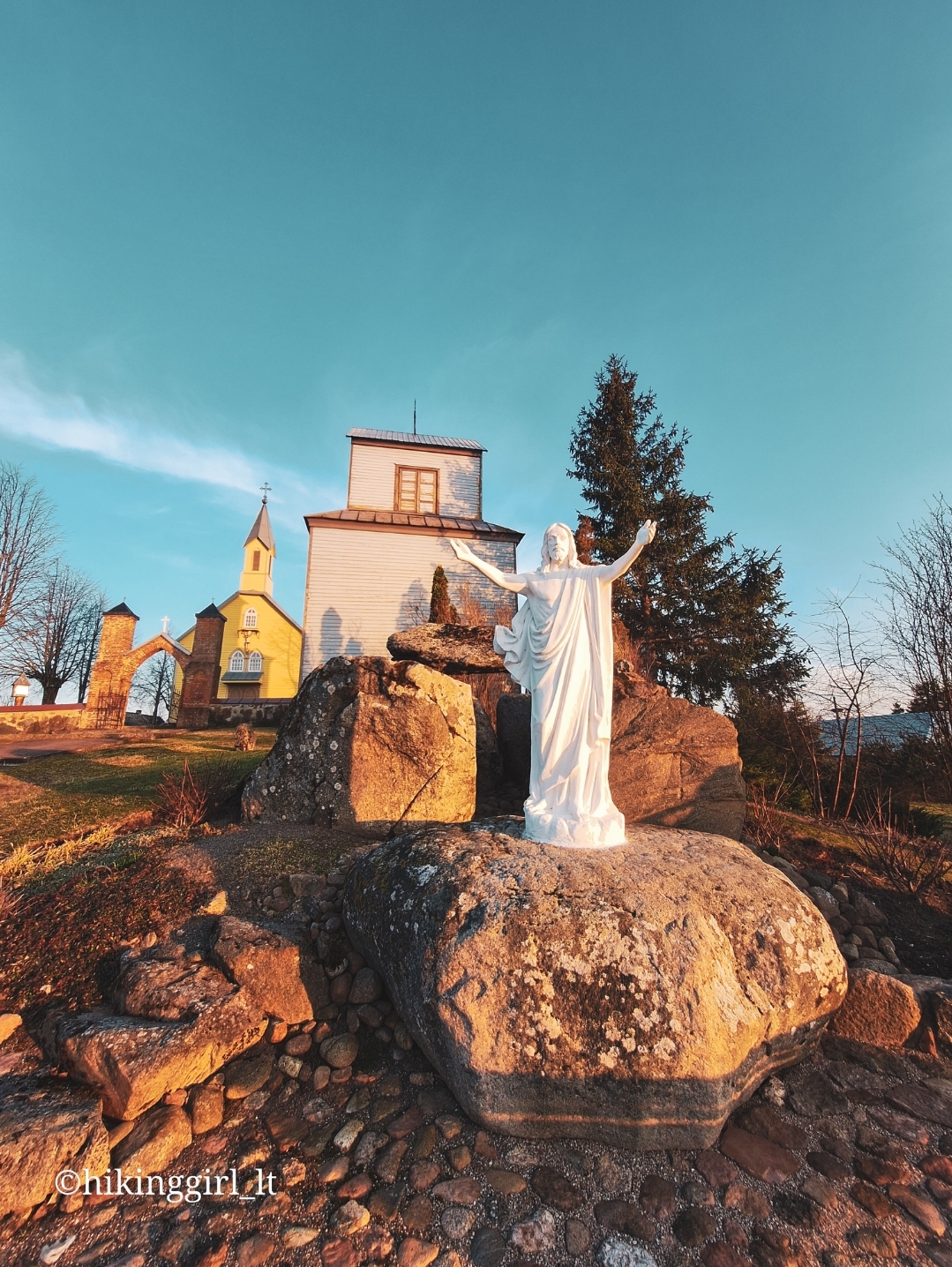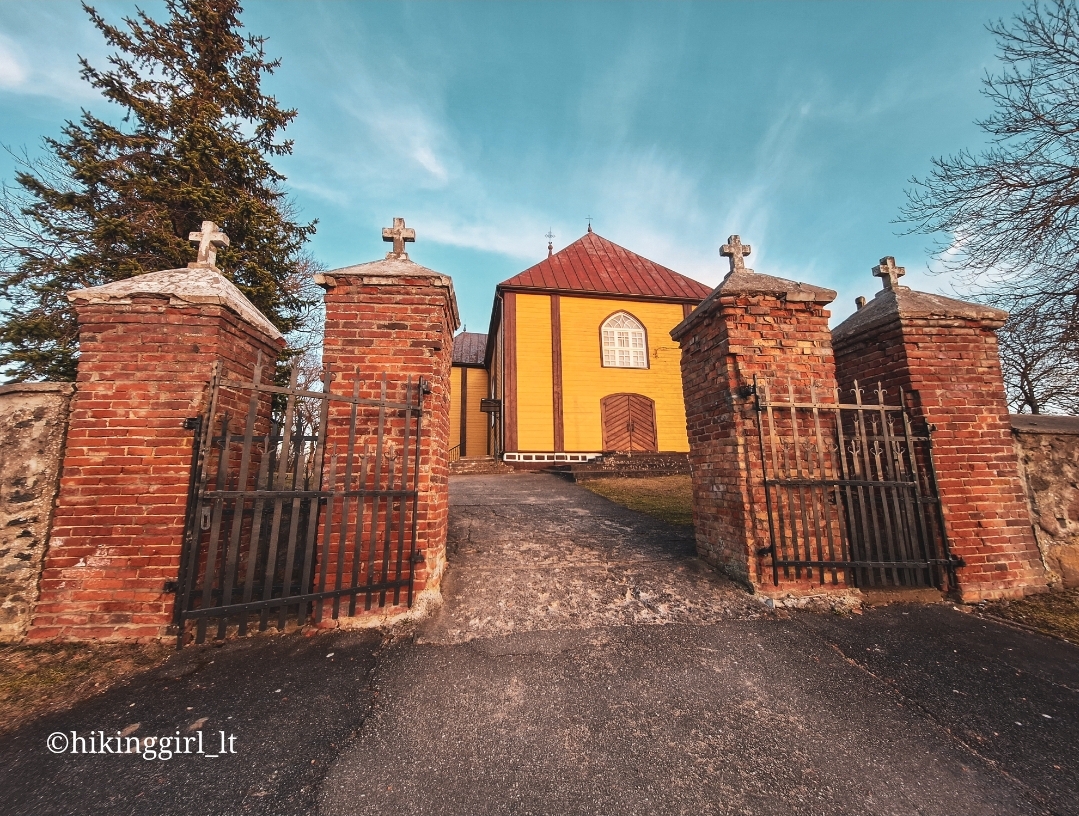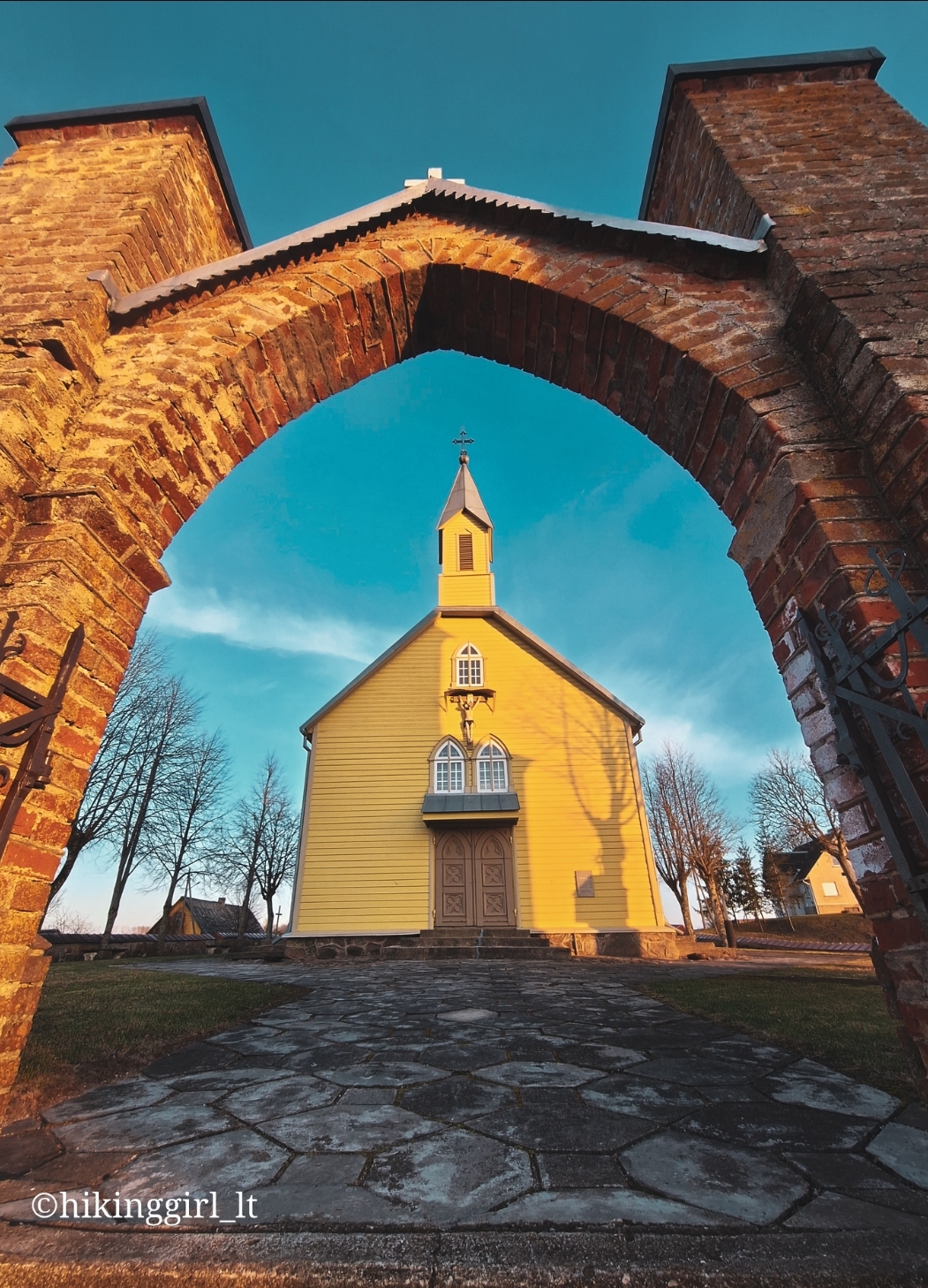Church of All Saints in Luokė

212

1

0
The town of Luokė, one of the oldest in the history of Samogitia, was first mentioned during the Christianization of the Samogitians when Vytautas the Great ordered the construction of one of the eight first churches in the region. It is believed that the first Church of St. Matthew the Apostle in Luokė was built around 1416, shortly after the Christianization of the Samogitians in 1413. This significant historical event helped establish the town as an important religious center, where the first bishop of the Diocese of Samogitia once resided.
Info
-

Religious Heritage
-
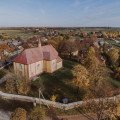
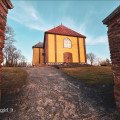
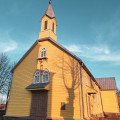
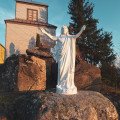
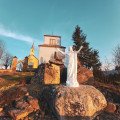
Whats new?
Nearby attractions
Nearest museums

 Entertainment
Entertainment
 Food establishments
Food establishments





























 55.89133, 22.526875
55.89133, 22.526875
 Get directions
Get directions








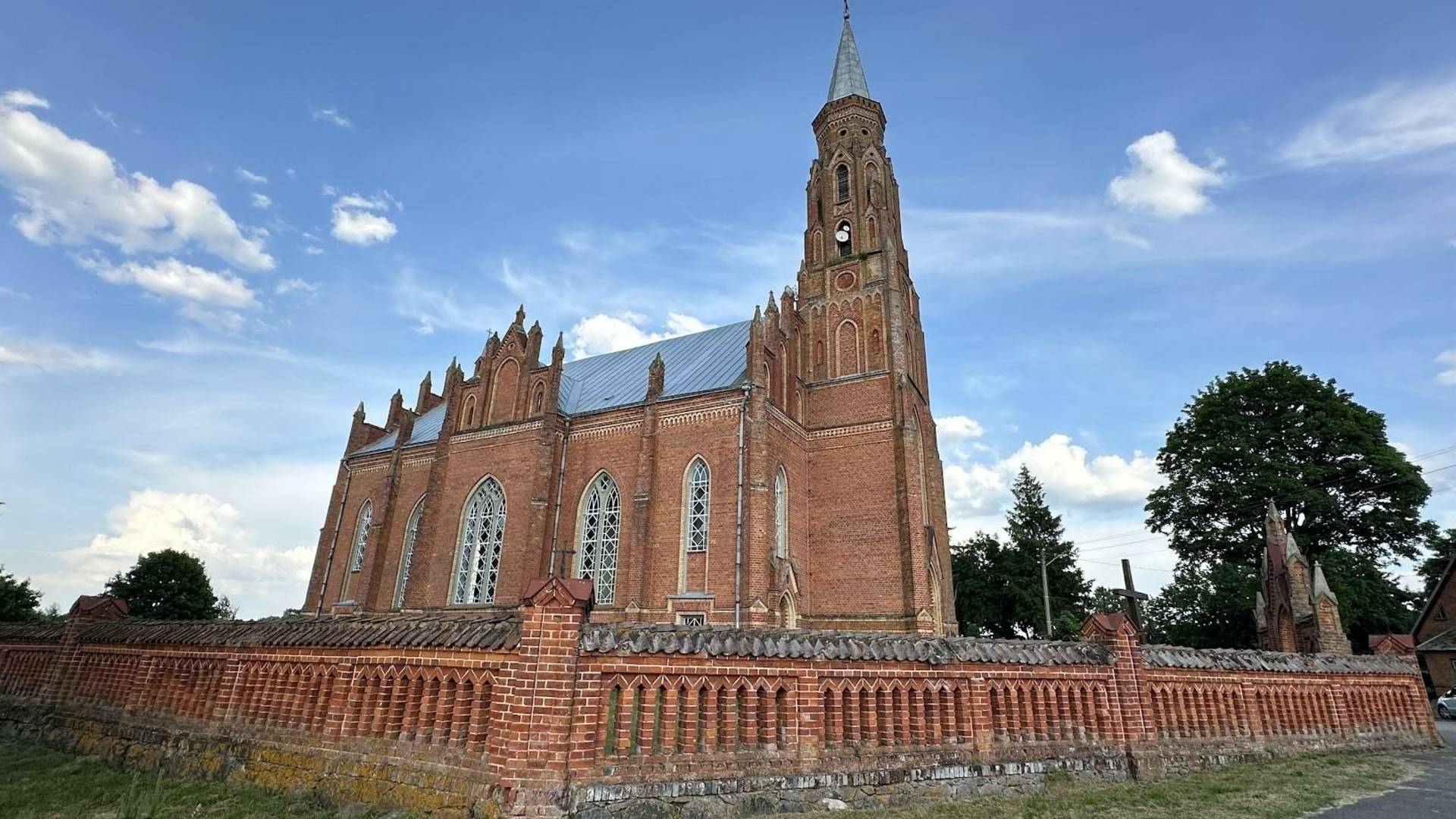


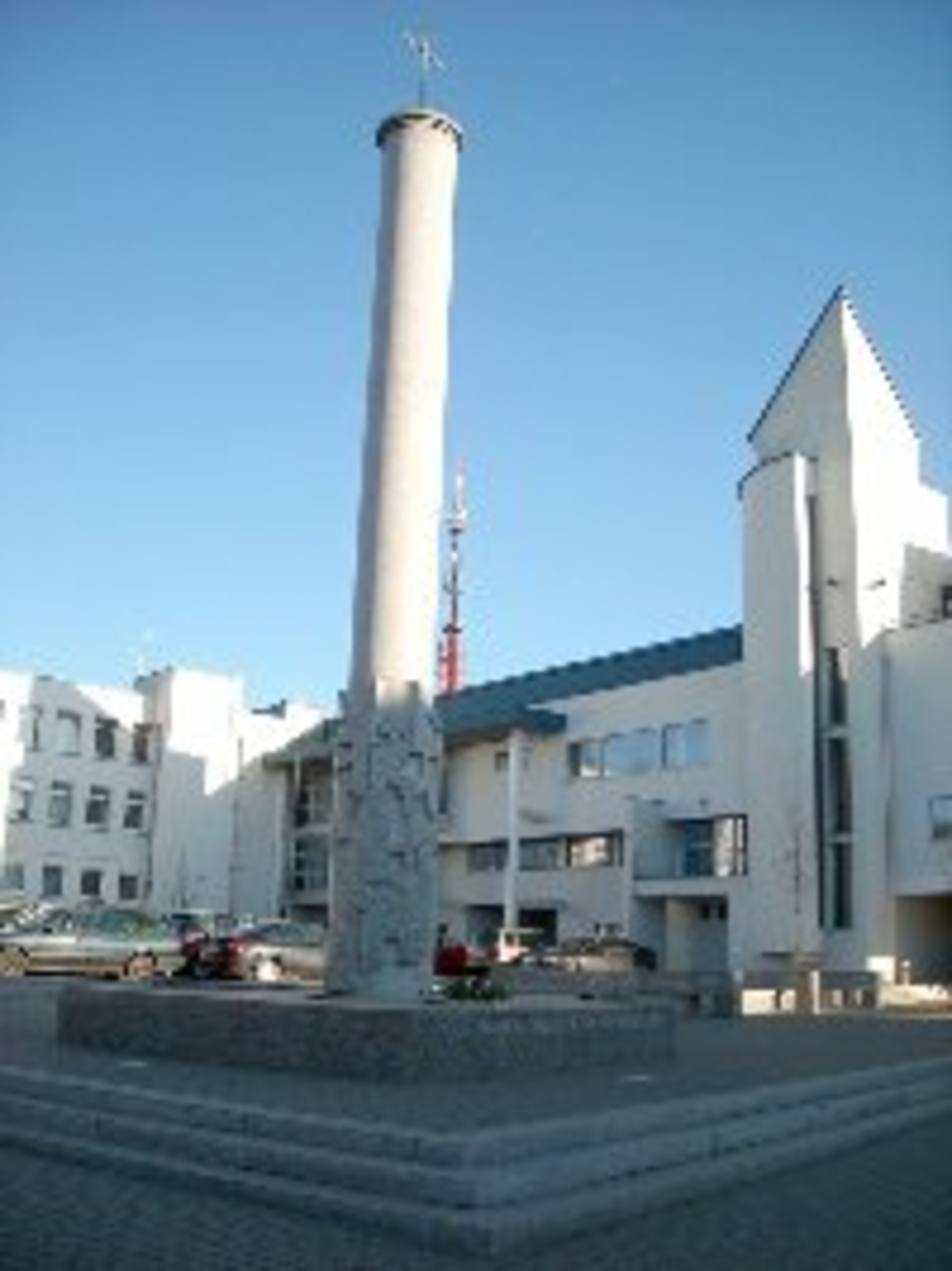

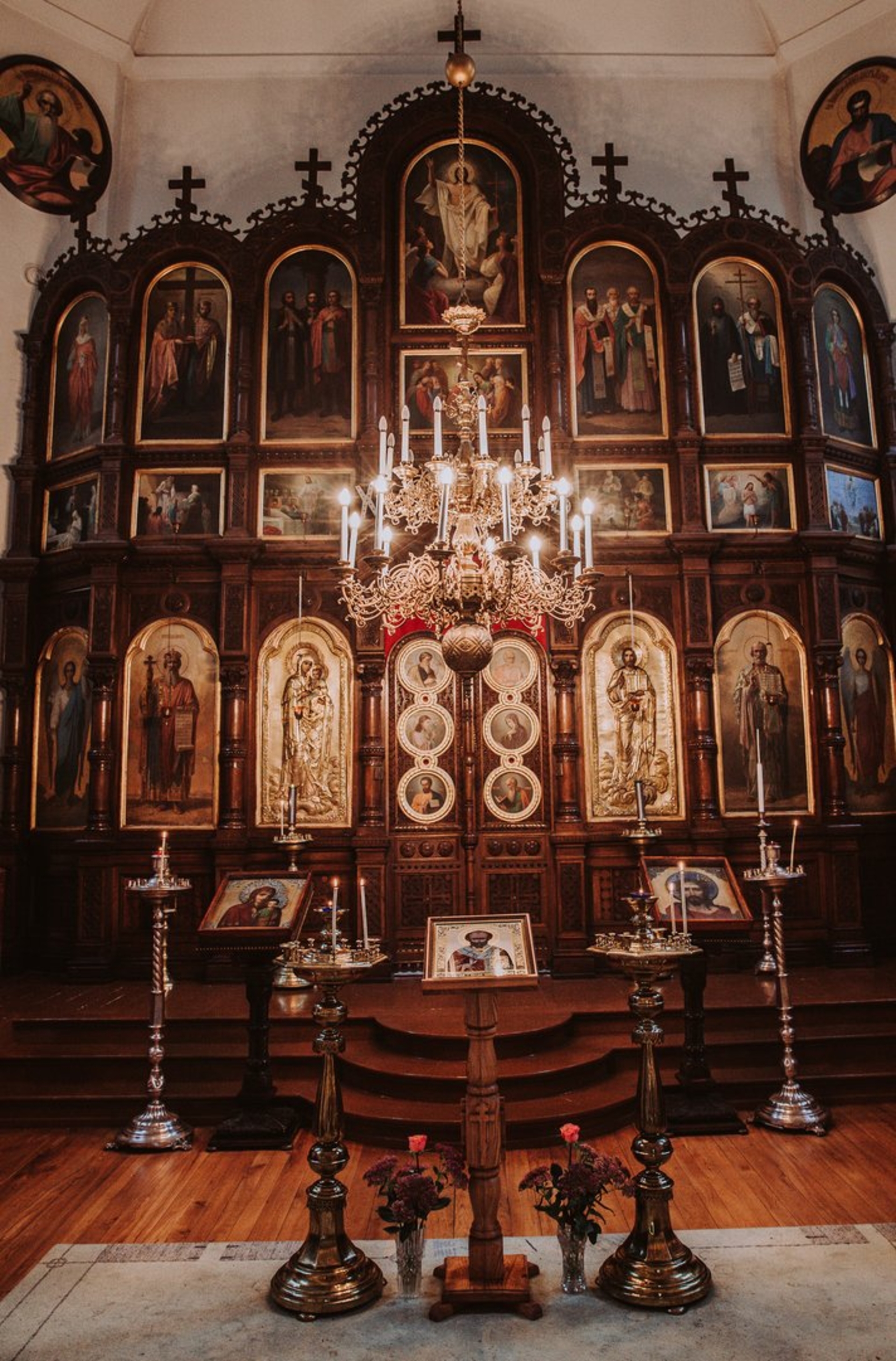
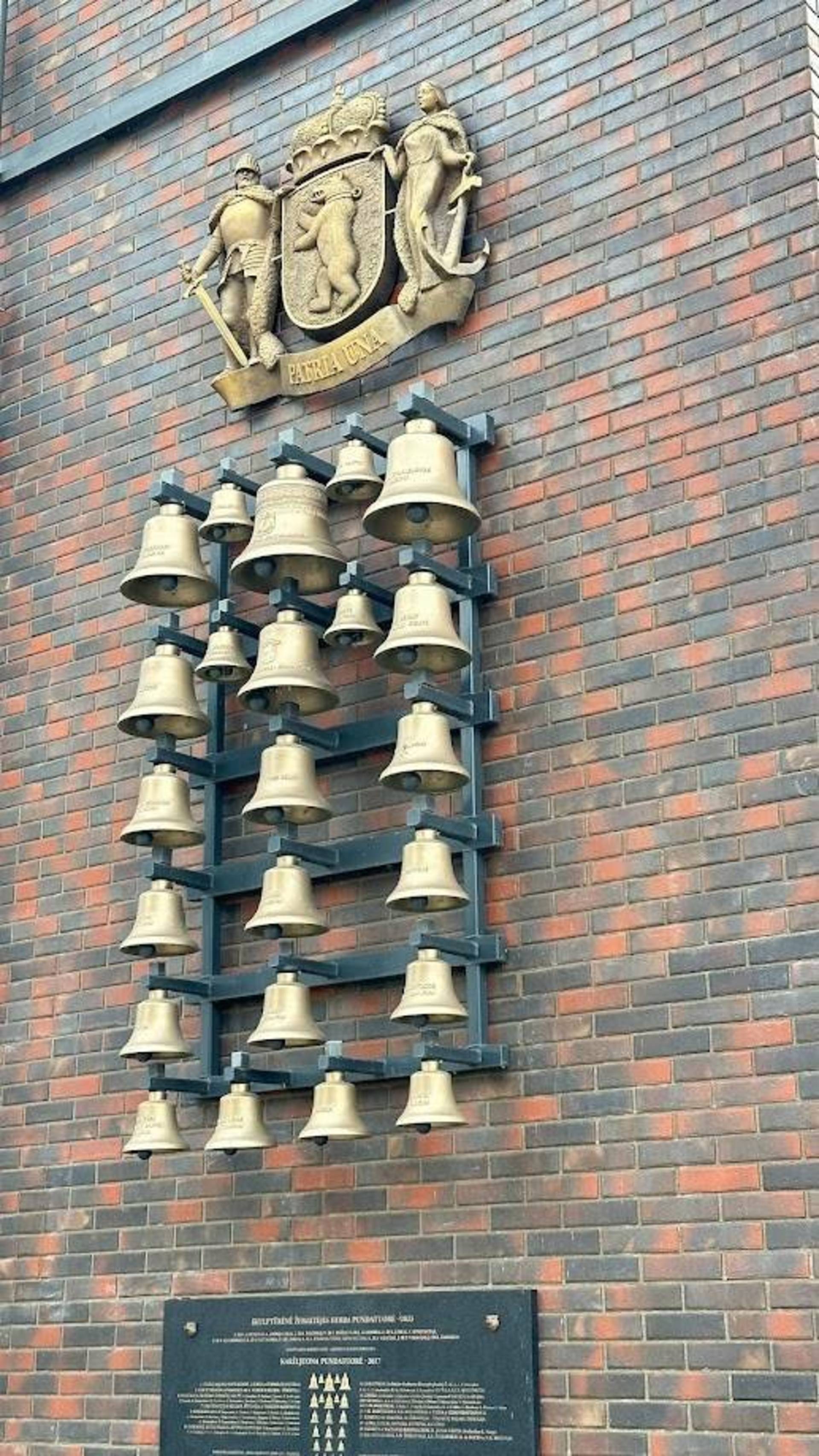
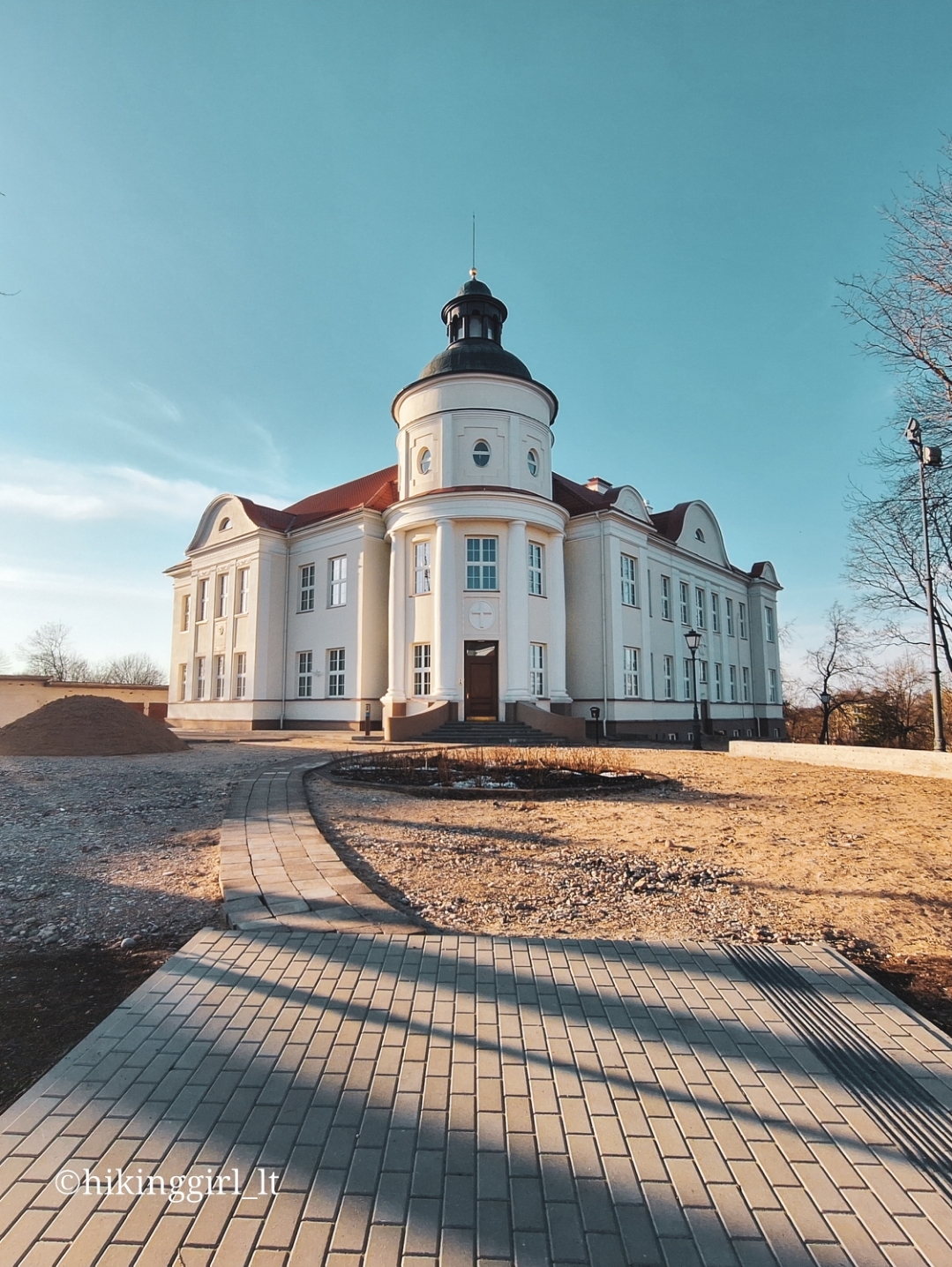
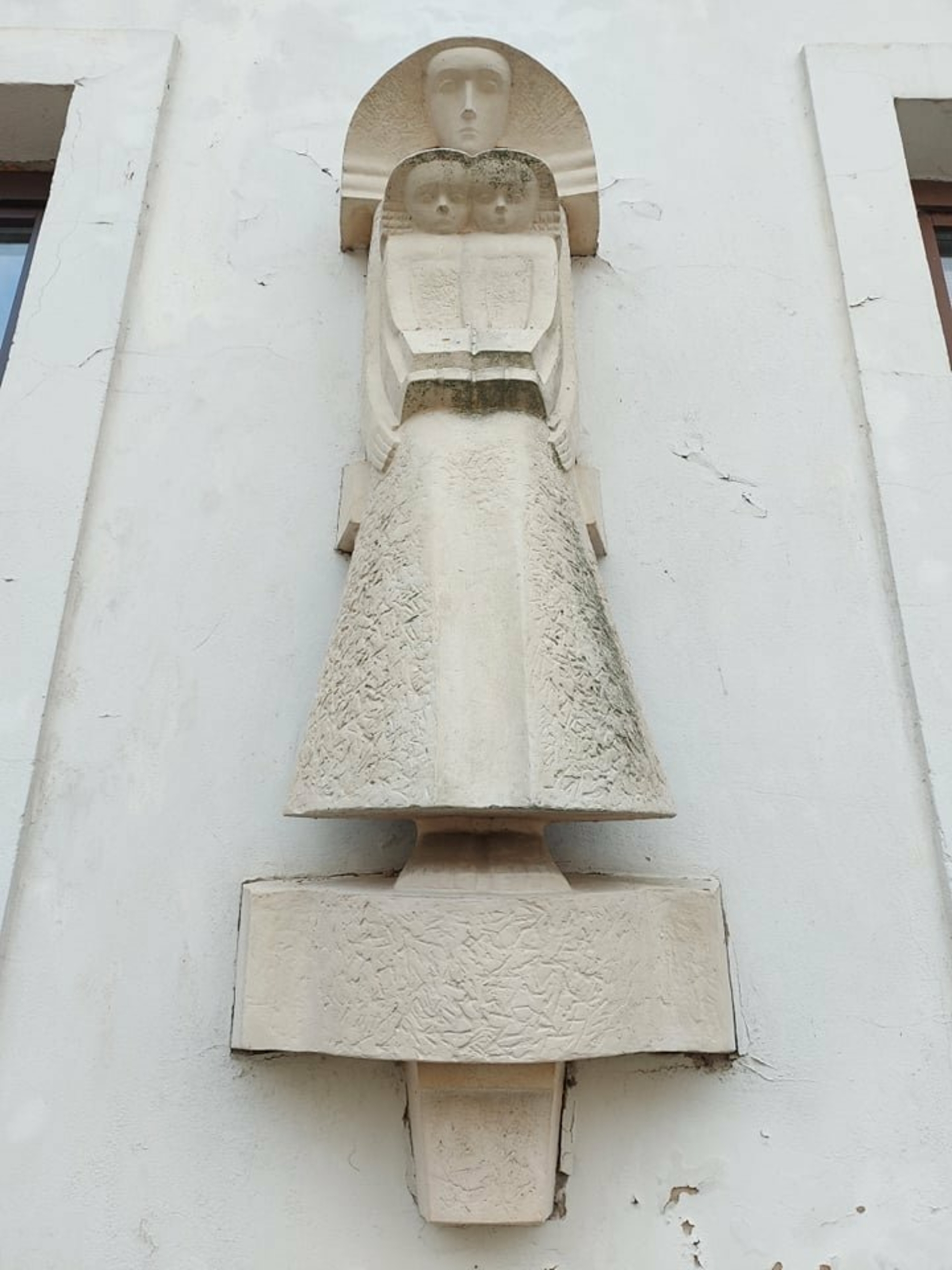
.png)

